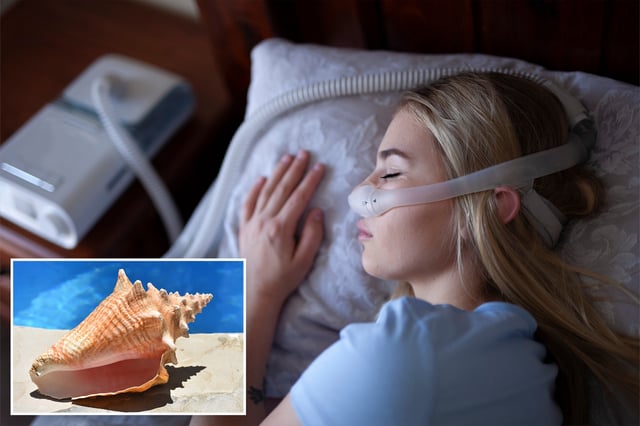Overview
- A six-month randomised trial of 30 adults with moderate obstructive sleep apnoea found daily shankh blowing cut breathing pauses by four to five events per hour, raised nocturnal blood oxygen and reduced daytime sleepiness by 34 percent compared with a deep-breathing control.
- Lead author Dr Krishna K. Sharma suggests that forceful exhalation through the spiralled shell creates airflow resistance and vibration that strengthen upper airway muscles.
- Participants practised at home for at least 15 minutes a day, five days a week, demonstrating the feasibility of this low-cost, non-invasive intervention.
- External experts, including ERS sleep specialist Professor Sophia Schiza and Asthma + Lung UK, describe the results as intriguing but caution that the small sample demands larger, comparative trials before clinical use.
- A larger multicentre trial is now being designed to validate these findings in diverse populations, assess longer-term outcomes and directly benchmark shankh blowing against continuous positive airway pressure.


